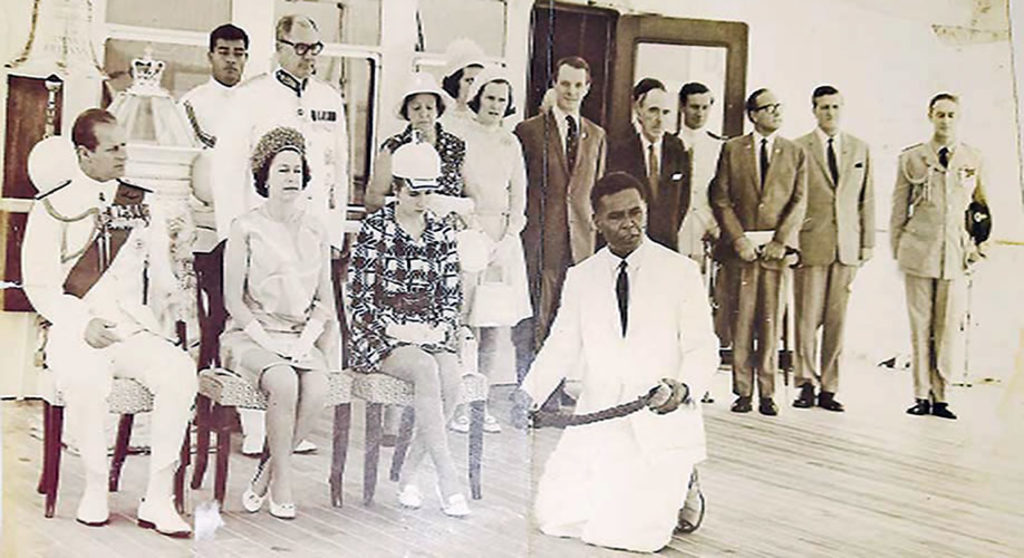LAST week, through the profound knowledge and insights shared by indigenous Fijian cultural expert Simione Sevudredre, we were granted a glimpse into the rich and vibrant customs of our ancient Fijian ancestors.
These traditions, deeply rooted in the way of life, have not only shaped but continue to signify the unique relationship the iTaukei people share with the ocean. This connection is not merely physical but spiritual, reflecting a bond that has endured for generations.
Sevudredre began by introducing us to the luva ni tawake, the first of three ancient rituals extended to visiting seafarers.
Historically, the luva ni tawake served as a means to assess the intentions of visitors arriving by sea. A white masi (bark cloth) would be laid out on the ocean’s surface, and the reaction of the visitors to this gesture would determine whether they were welcomed or turned away.
While this practice is no longer widely observed, it laid the foundation for the two subsequent protocols — cavuikelekele and qaloqalovi — which remain deeply significant and continue to occupy a central place in traditional Fijian welcoming ceremonies today.
“After the luva ni tawake or the removal of the white masi cloth, the visiting vessel was requested to move closer to the shore,” Sevudredre explained.
This next phase, known as cavuikelekele, involved the visitors reeling in their anchor and navigating their vessel closer to the shore. Once the ship was within a suitable distance, representatives from the mainland would leap into the water, carrying a kamunaga — a sacred whale’s tooth — as a symbol of peace and goodwill.
The presentation of the kamunaga was not merely a physical act but a deeply symbolic one. Sevudredre elaborated that those presenting the tooth would declare to those on board that it was being offered as an ‘i Qalovi’.
The term qalovi, meaning ‘to swim’ in the iTaukei language, symbolised an invitation for the visitors to come ashore. It was a gesture of trust and hospitality, assuring the seafarers that they would be welcomed and safeguarded by the local people, or ‘i taukei ni vanua’.
This entire interaction, known as the i Qaloqalovi, took place out at sea, often under challenging conditions.
“Imagine the weather could be unfavourable and the seas rough, but those doing the presentation would endure all this to show humility to those on the vessel,” Sevudredre shared.
This act of endurance and dedication was a testament to the sincerity and respect embedded in Fijian culture. It was not enough to simply speak words of welcome; the physical commitment of braving the elements to present the kamunaga demonstrated a profound level of respect and humility.
For those on board the vessel, the i Qaloqalovi was a multisensory experience. They were not only greeted with elaborate words of welcome but also witnessed the unwavering dedication of their hosts. This combination of verbal and physical gestures underscored the authenticity of the Fijian people’s commitment to peace and mutual respect.
What is truly remarkable, and perhaps eye-opening, is the realisation that long before the advent of Christianity in Fiji, the indigenous people of the land were already observing and adhering to ideals of peace, respect, and hospitality.
These ancient ceremonies of welcome were not merely rituals but a way of life, reflecting a deep understanding of human connection and the importance of fostering goodwill.
In a world that often feels increasingly disconnected, the enduring traditions of the iTaukei people serve as a powerful reminder of the values that bind us together.
Through the wisdom of cultural custodians like Simione Sevudredre, these ancient practices continue to be preserved and celebrated, ensuring the rich heritage of Fiji’s seafaring ancestors remains alive for generations to come.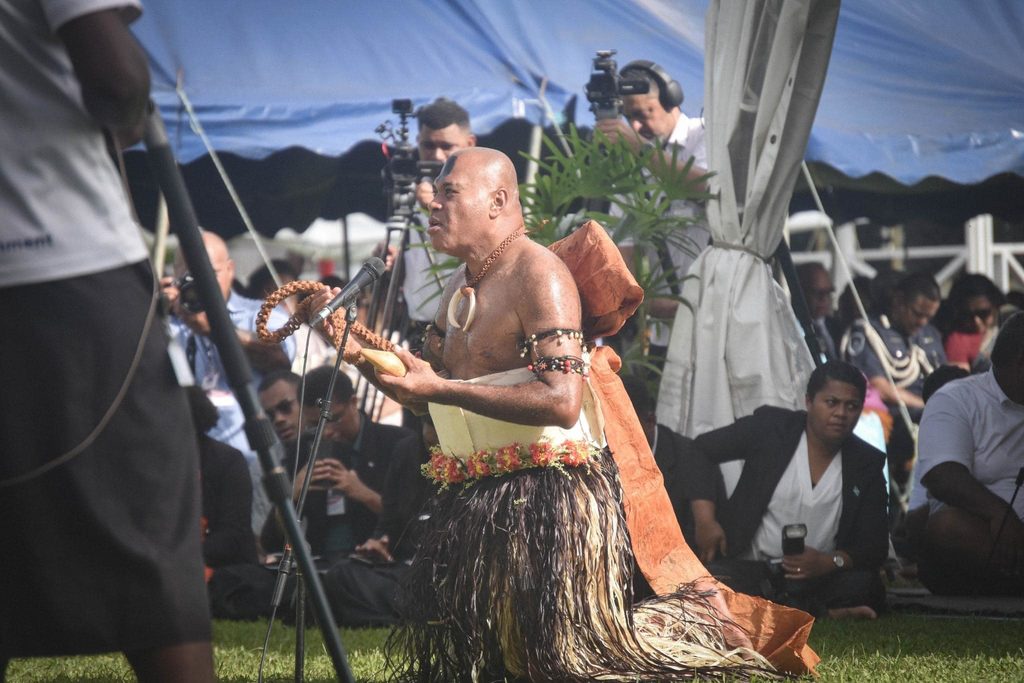
A I Qaloqalovi presentation to the former President Ratu Wiliame Katonivere during the opening of the GCC meeting on Bau in 2023. Picture: Talebula Kate
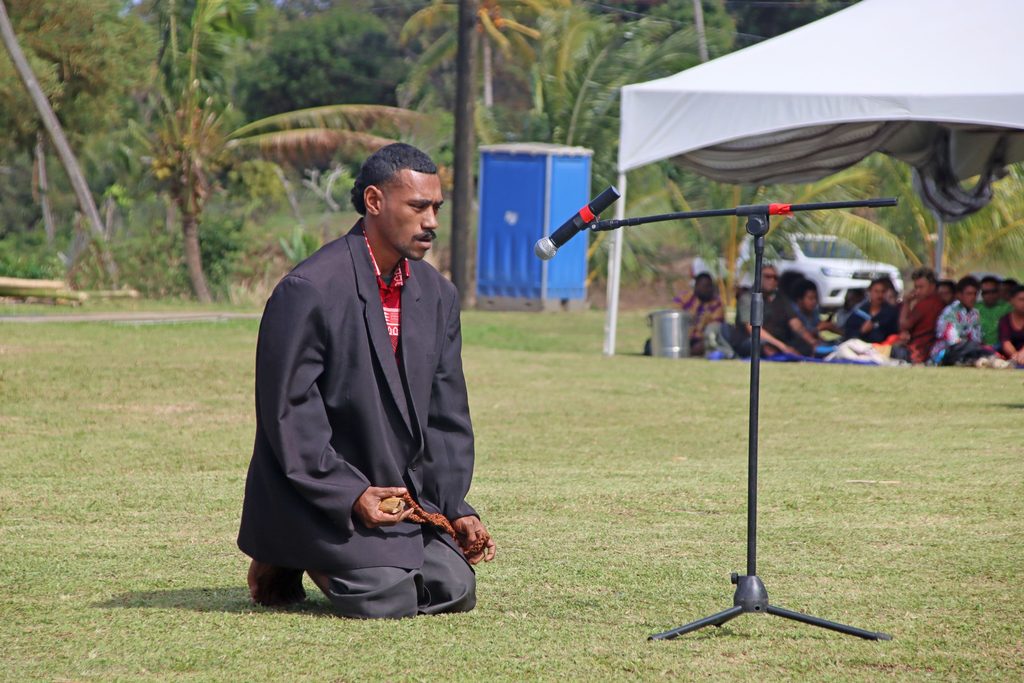
I Qaloqalovi for the Minister for Youth and Sports, Jese Saukuru being presented by Ravulolo Tuikubulau of Dama, Bua. Picture: FIJI GOVERNMENT
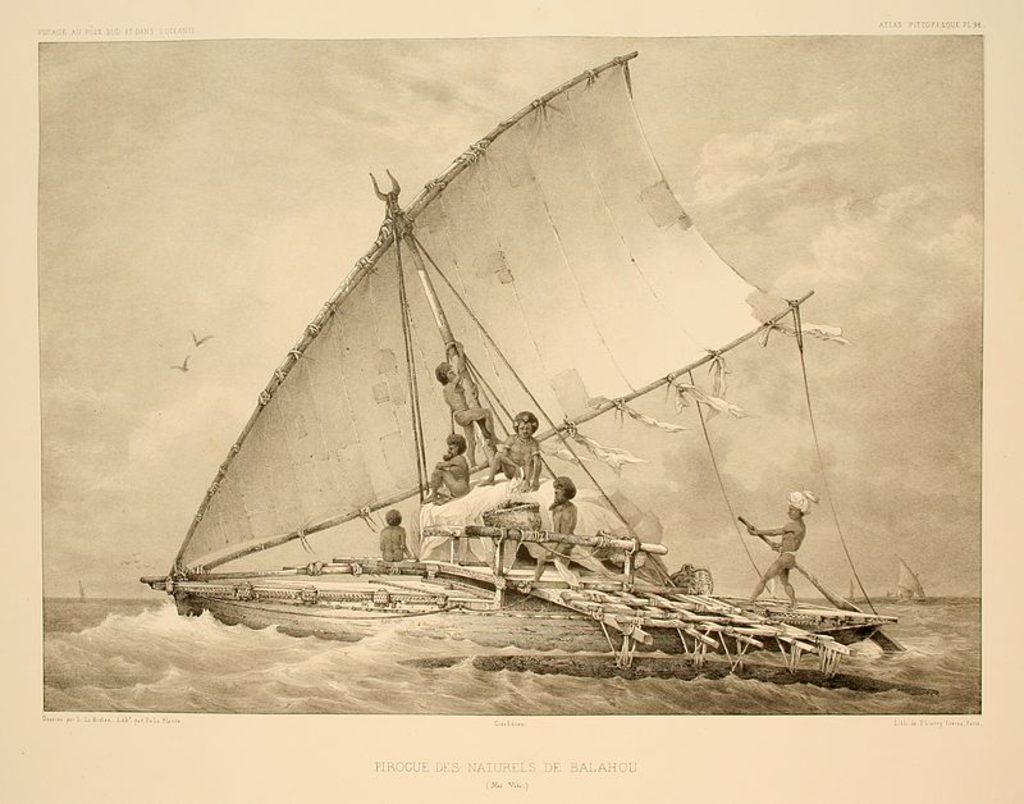
Ancient Indigenous Fijian seafarers on a ‘camakau’ – notice the ‘tawake’ (bark cloth or masi) fluttering from the sail. The removal of the tawake would set in motion the iqaloqalovi protocol. Picture: WIKIPEDIA
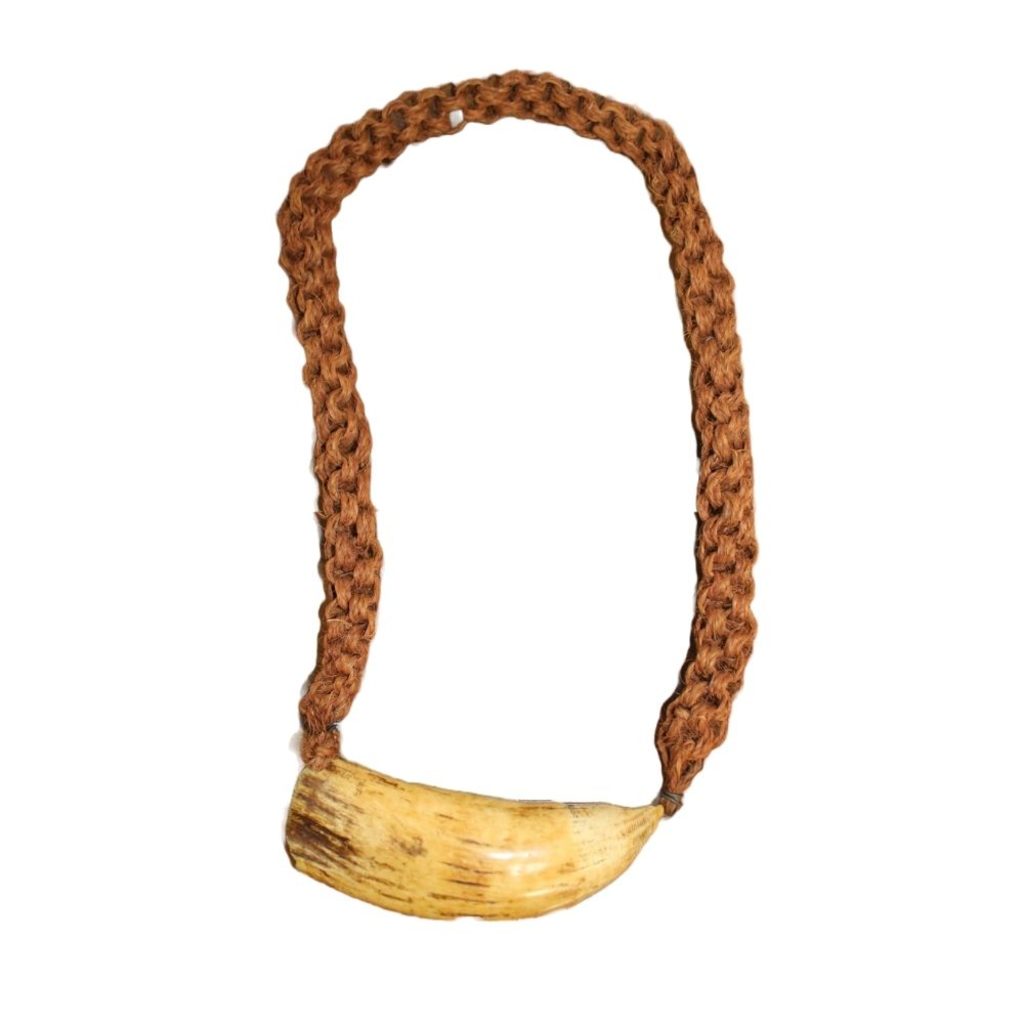
‘Kamunaga’ – whale’s tooth, occupied a central place in the iQaloqalovi protocol. Picture: iTaukei Trust Fund Board

